There is an rmarkdown file with a markdown table that will be regularly updated. The content should be parsed in a code chunk so that e.g. ggplot could be used. I don't want to maintain the table in a code chunk or a separate file.
How can I read the table from the code chunk?
You can find as a starter rmarkdown code with a markdown table below.
---
title: "Parse tables"
output: html_document
---
```{r setup, include=FALSE}
knitr::opts_chunk$set(message = FALSE, warning = FALSE)
```
# Step 1: Create markdown table as text
That table will be manually updated directly in the markdown file.
Table: Project Timeline
| date | description |
|------------|-------------|
| 2020-05-11 | Milestone 1 |
| 2020-07-11 | Milestone 2 |
| 2020-07-20 | Milestone 3 |
# Step 2: Parse the table above
The table should be maintained as a markdown table. That seems to be more easy than working directly with
`tibble` or `tribble`. How can I read the table from the code chunk?
```{r}
library(tidyverse)
df <- tibble(date = c("2020-05-11", "2020-07-11", "2020-07-20"),
description = c("Milestone 1", "Milestone 2", "Milestone 3"))
df
```

